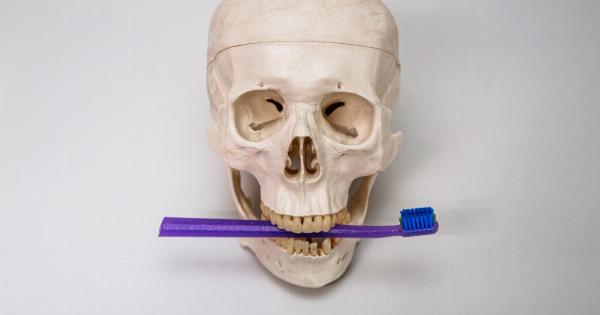Osteoporosis is a silent and often overlooked disease that affects millions of older adults worldwide. It is a condition characterized by low bone mass, which leads to fragile and weak bones.
This makes individuals more prone to fractures and breaks, which can have severe consequences and even be fatal in some cases. Every year, osteoporosis claims the lives of many older adults, making it a concerning health issue that needs to be addressed.
Understanding Osteoporosis
Osteoporosis is primarily a disease that occurs due to the loss of bone density and the deterioration of bone tissue. As people age, their bodies naturally start losing bone density, making them more susceptible to developing osteoporosis.
However, other factors can also contribute to the development of this condition, including hormonal changes, dietary deficiencies, sedentary lifestyles, smoking, excessive alcohol consumption, and certain medications.
Risk Factors
While age is a significant risk factor for developing osteoporosis, there are several other factors that can increase an individual’s likelihood of developing the condition:.
- Gender: Women are more prone to osteoporosis than men, especially after menopause when their estrogen levels decrease.
- Family History: Having close relatives who have had osteoporosis or fractures can increase the risk.
- Low Calcium and Vitamin D Intake: A diet lacking in calcium and vitamin D can contribute to the development of osteoporosis.
- Lack of Physical Activity: A sedentary lifestyle or lack of weight-bearing exercises can weaken bones and increase the risk.
- Smoking: Tobacco smoke is known to weaken bones and increase the risk of osteoporosis.
- Excessive Alcohol Consumption: Too much alcohol can interfere with bone formation and lead to bone loss.
- Certain Medications: Long-term use of corticosteroids and certain medications used for treating seizures, gastric reflux, and cancer can increase the risk.
Complications and Consequences
Osteoporosis can have severe complications, particularly in older adults. Fractures, especially those occurring in the hip, spine, and wrist, are common consequences of weak bones.
These fractures can lead to chronic pain, disability, and loss of independence. In some cases, hip fractures can be life-threatening, as they often require surgical intervention and may result in complications such as infections and blood clots.
Prevention and Management
While osteoporosis is a serious health concern, there are preventive measures and treatments available to manage the condition:.
- Dietary Changes: Consuming a balanced diet rich in calcium and vitamin D is essential for maintaining bone health. Dairy products, leafy greens, salmon, and fortified foods are good sources of these nutrients.
- Regular Exercise: Engaging in weight-bearing exercises, such as walking, jogging, dancing, and strength training, can help strengthen bones and improve overall bone health.
- Healthy Lifestyle Choices: Avoiding smoking and excessive alcohol consumption are essential for maintaining optimal bone health.
- Medications: In some cases, doctors may prescribe medications to slow down bone loss and reduce the risk of fractures. These may include bisphosphonates, hormone therapy, and selective estrogen receptor modulators.
- Fall Prevention: Taking measures to prevent falls, such as removing hazards at home, using assistive devices, and practicing good balance and coordination exercises, can significantly reduce the risk of fractures.
Importance of Early Detection and Screening
Early detection of osteoporosis is crucial in preventing severe complications. Medical professionals recommend regular screenings, particularly for individuals over the age of 50.
Dual-energy X-ray absorptiometry (DXA) scans are commonly used to measure bone density and assess the risk of fractures.
Support and Resources
For individuals diagnosed with osteoporosis or at risk, there are diverse resources available.
Support groups, educational materials, and online communities can provide valuable information, emotional support, and practical advice for managing the condition and living a fulfilling life with strong bones.
Conclusion
Osteoporosis is a significant health concern that claims the lives of many older adults each year. However, with the right lifestyle choices, preventive measures, and early detection, the impact of osteoporosis can be mitigated.
By prioritizing bone health and taking steps to prevent and manage the condition, individuals can reduce the risk of fractures, maintain their independence, and live a long and fulfilling life.






























